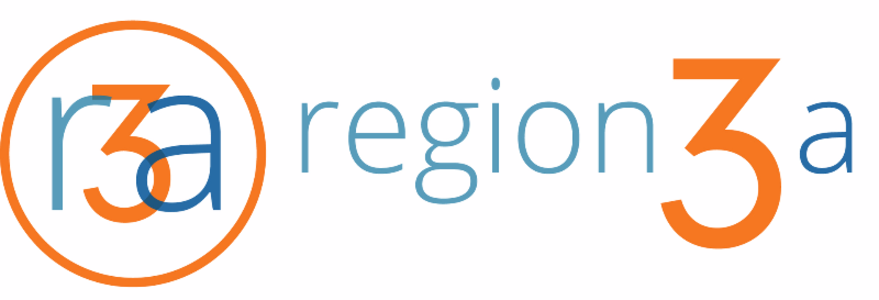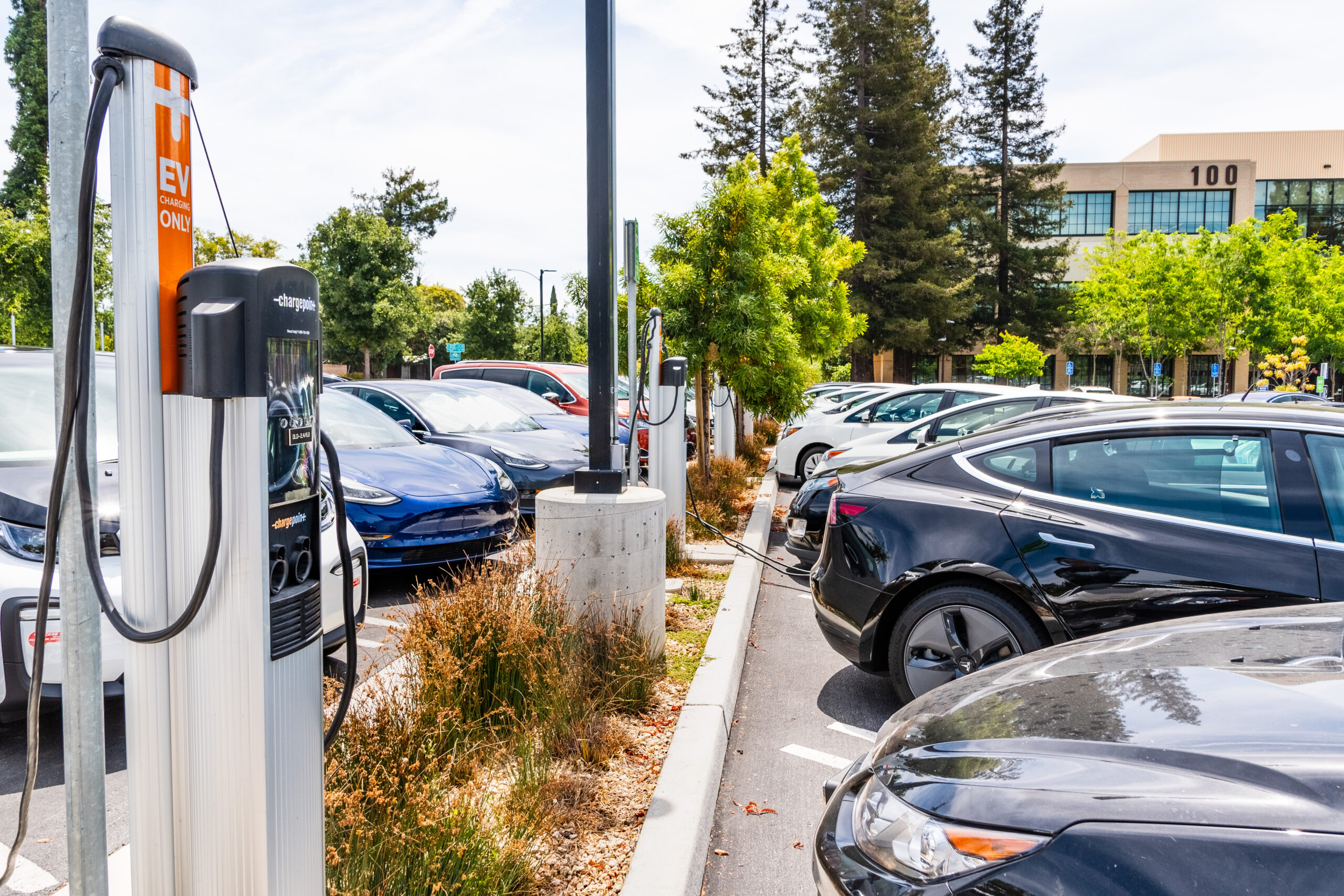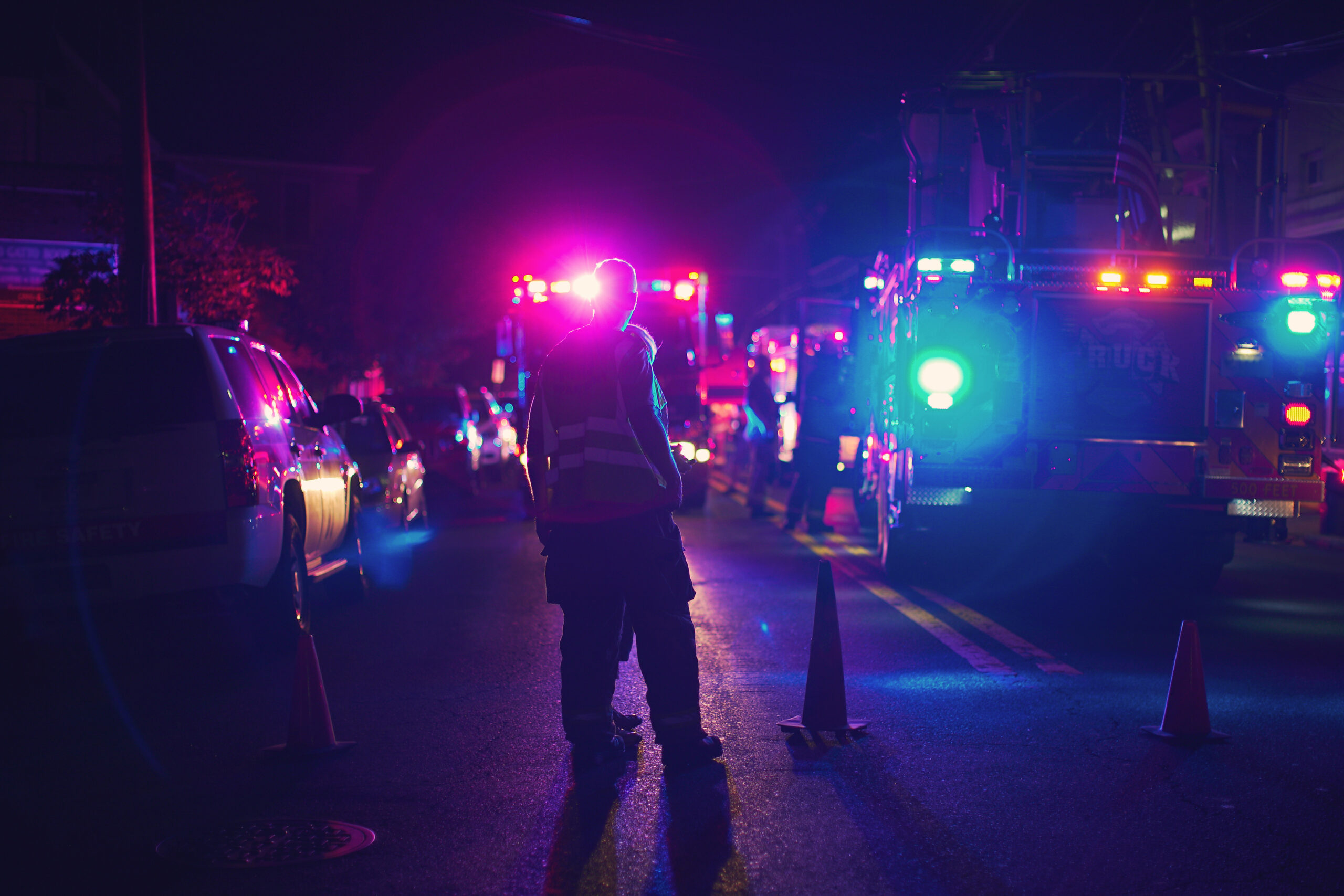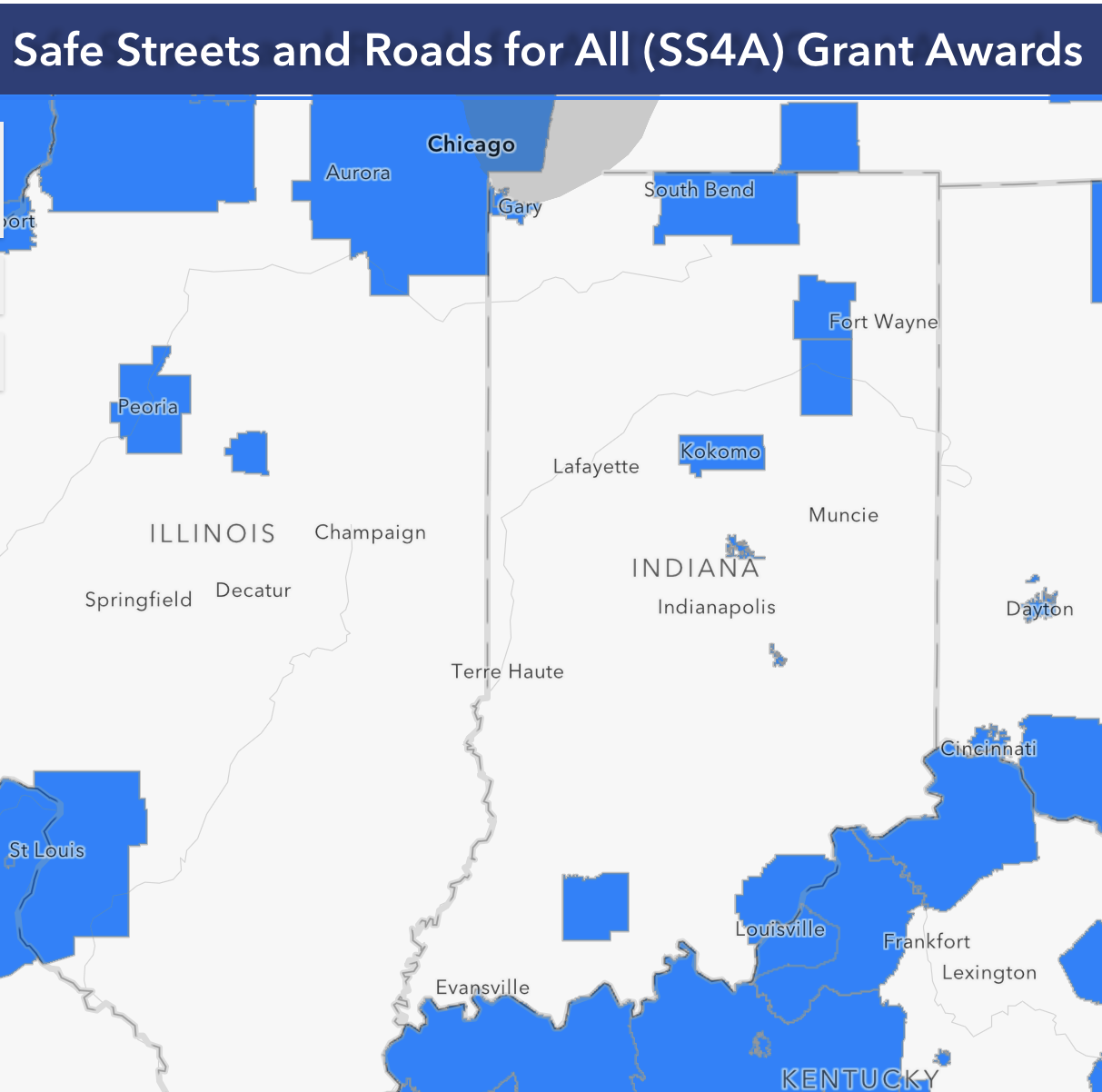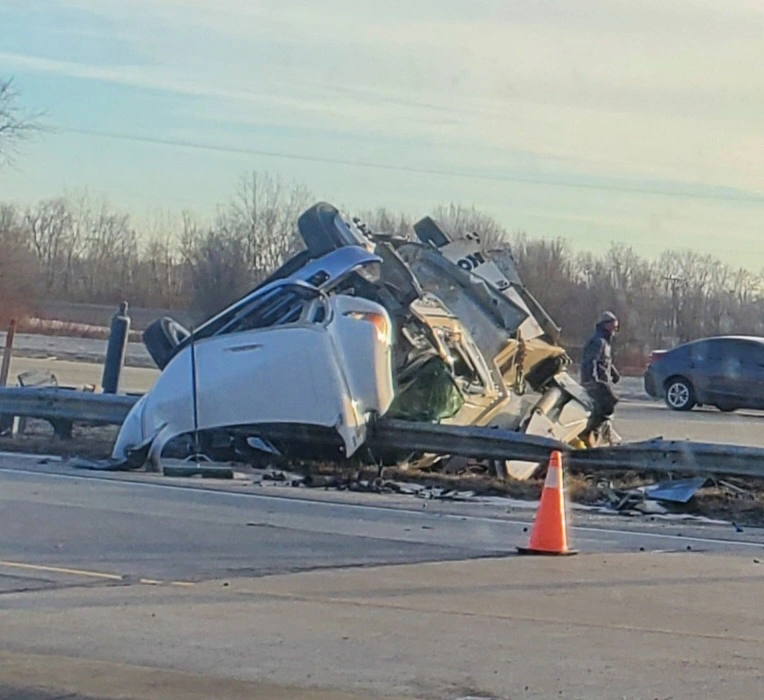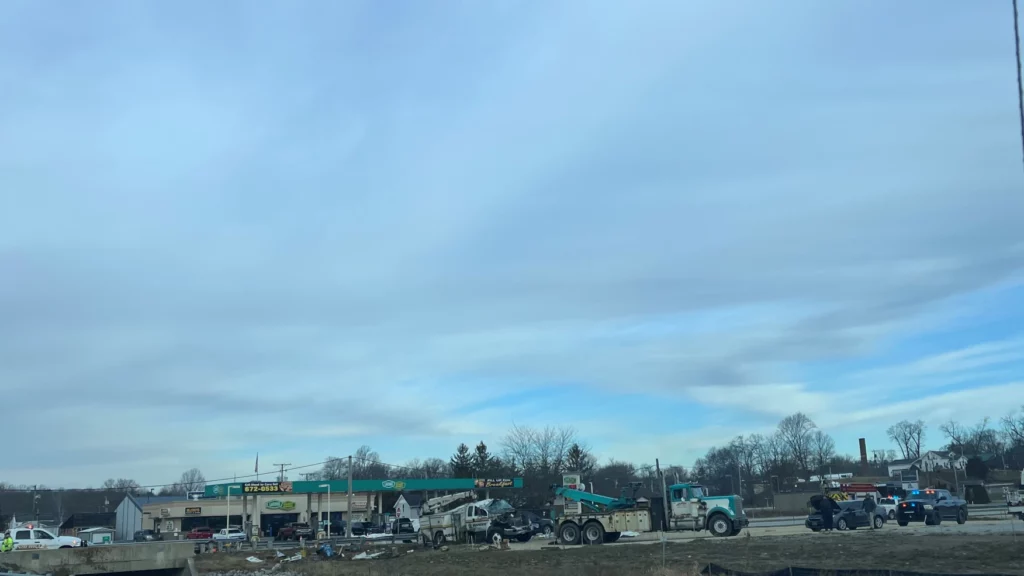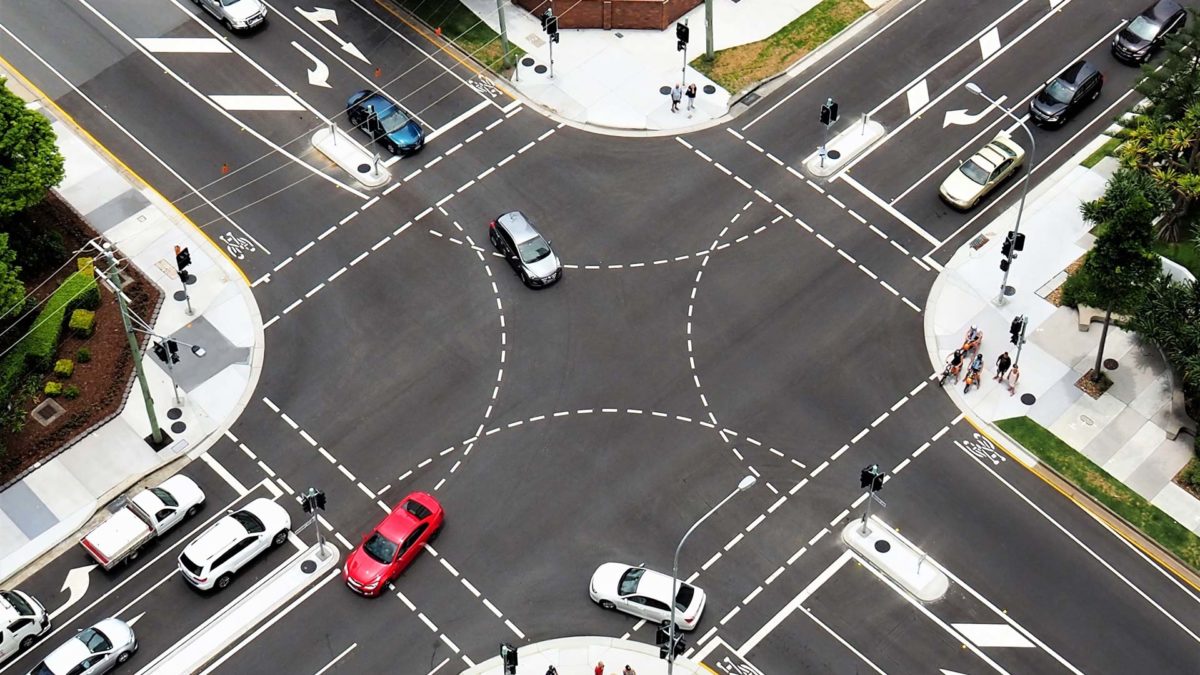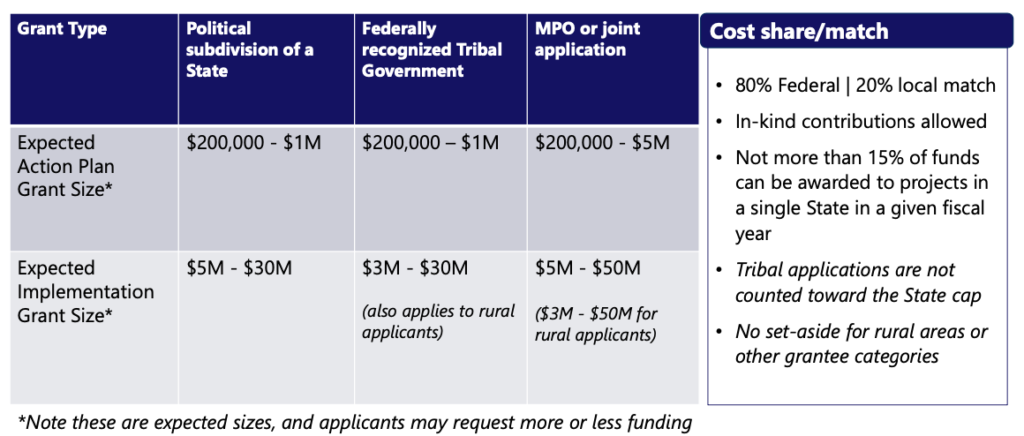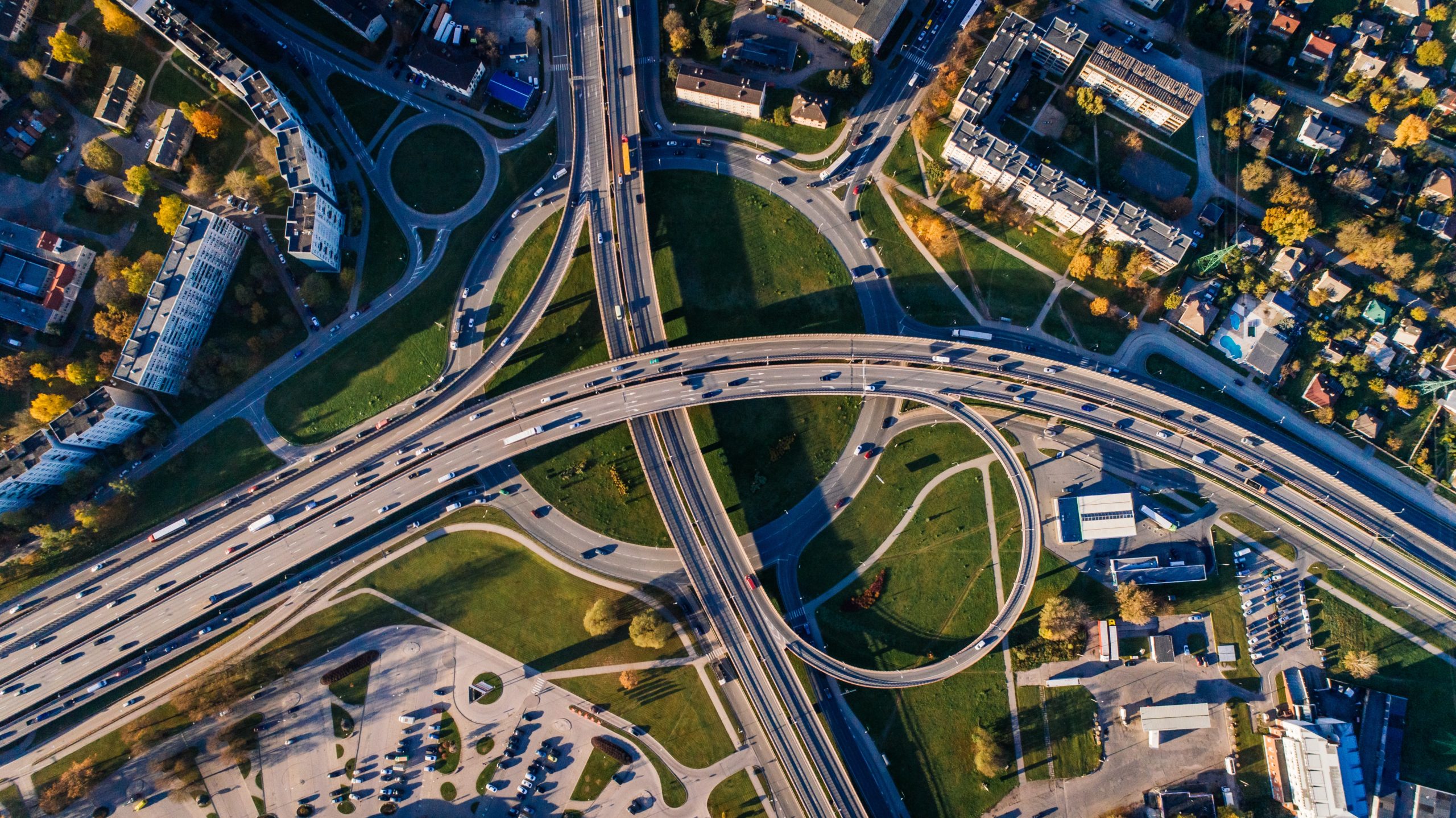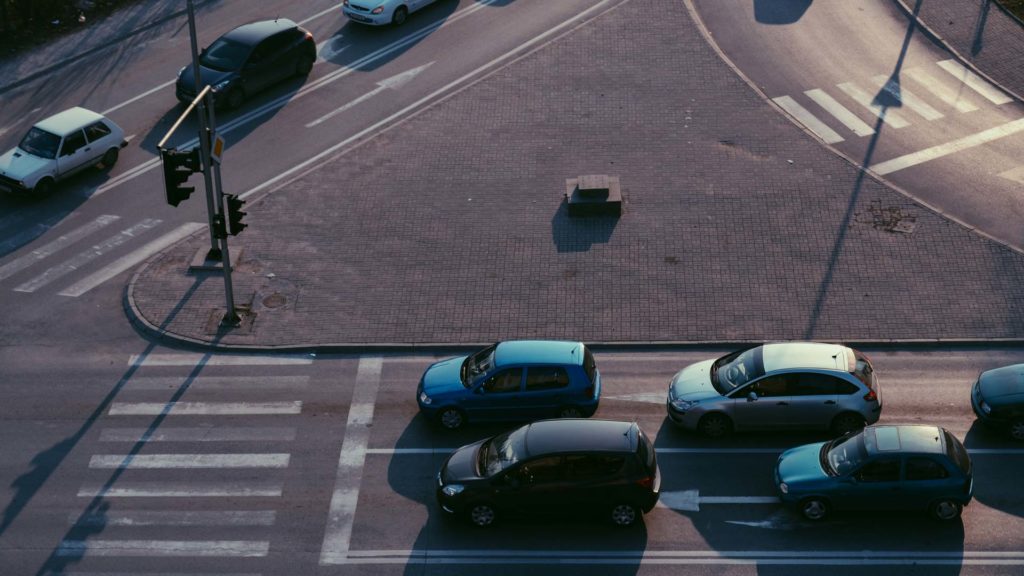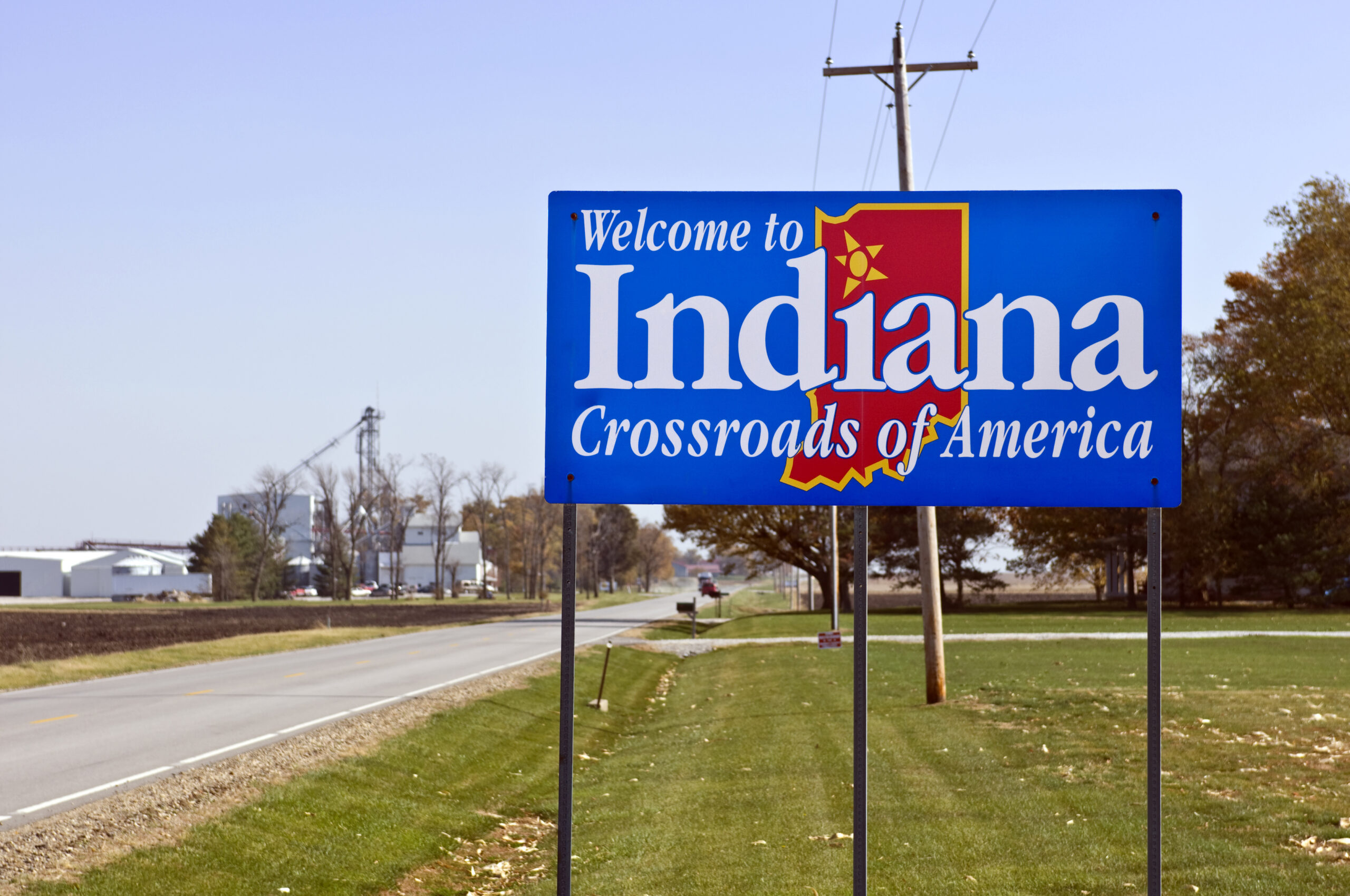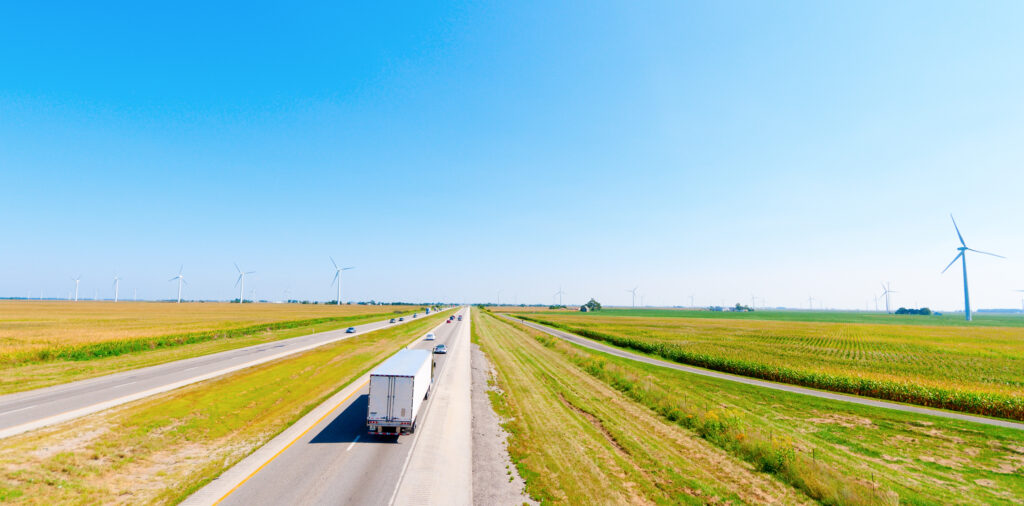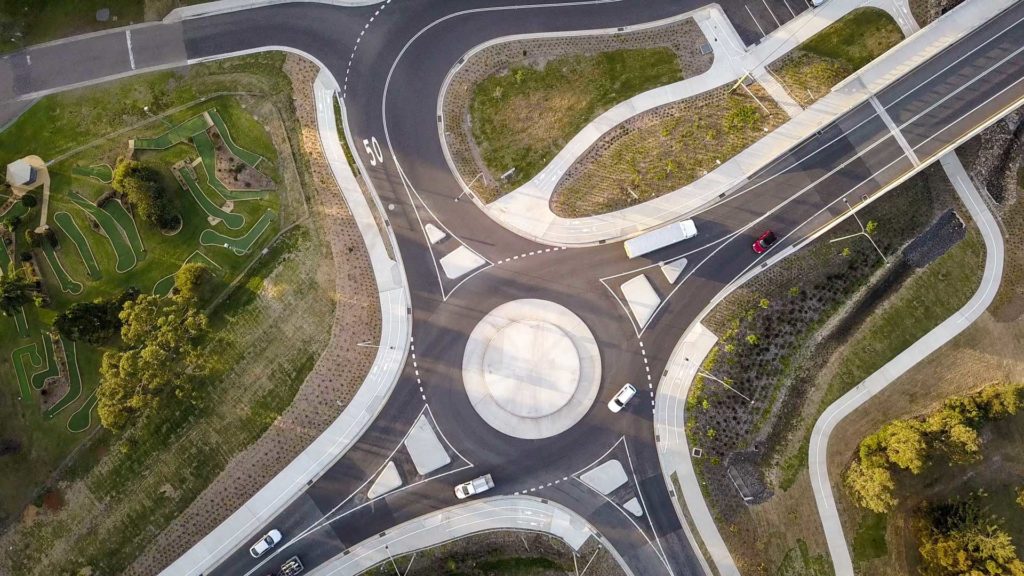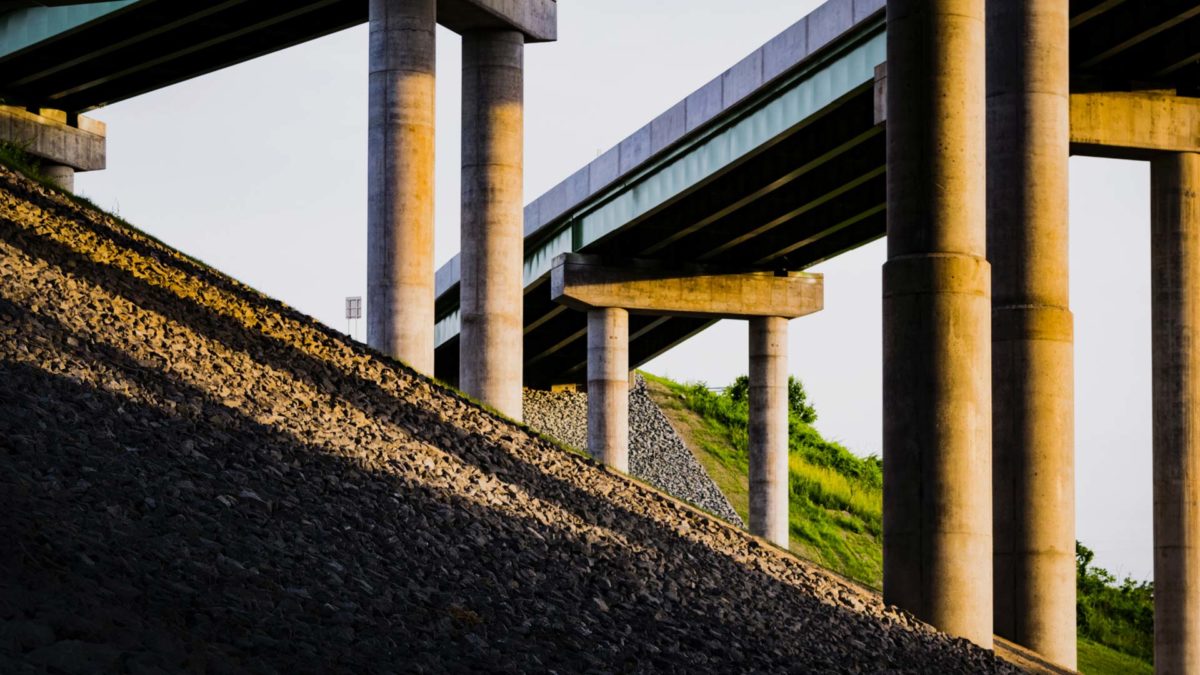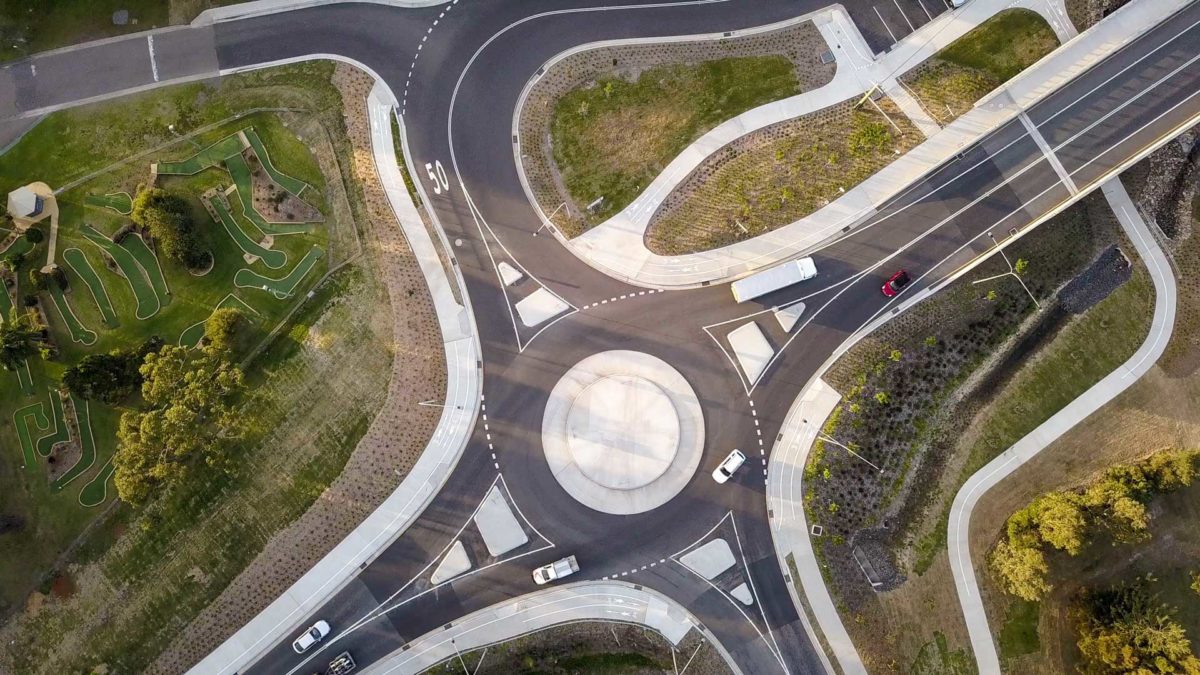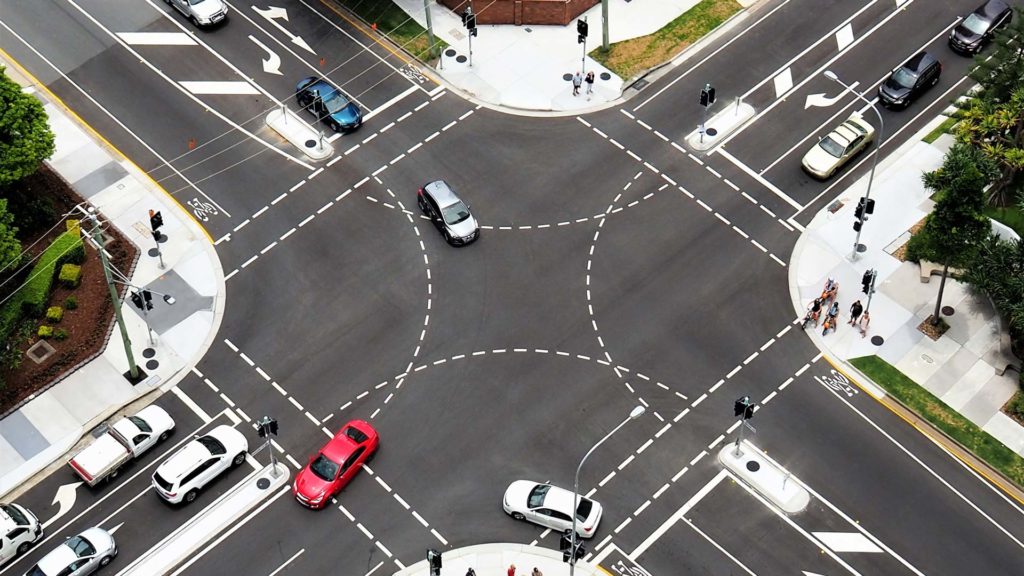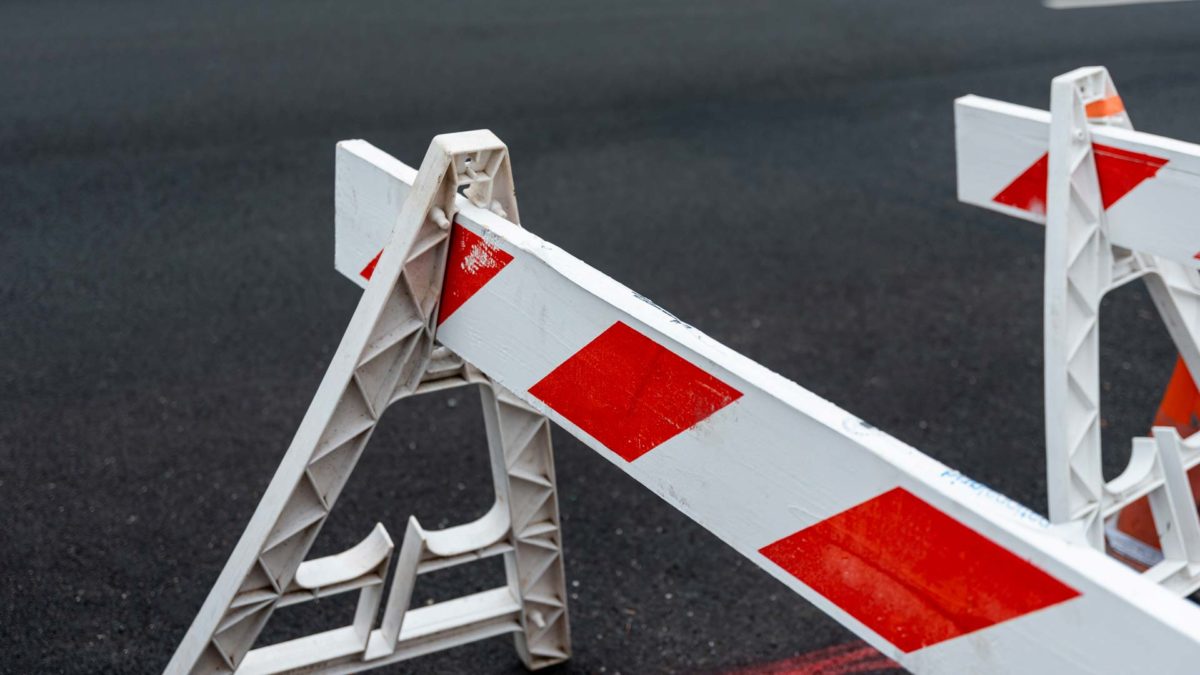Participation opportunity: Regional Application for the U.S. DOT EV Charging Station Grant
The US Department of Transportation (DOT) has made $700mm of grant dollars available to state and municipal entities to fund the construction of new alternative energy charging stations for vehicles powered by electricity, propane, and hydrogen. Region 3A is ready to help individual counties, towns, and cities apply for this new grant through a regional application for multiple communities. We would like to pursue a regional application due to the minimum project size requirements and because many of the communities that we serve could benefit from this program.
The program, part of the Charging and Fueling Infrastructure Discretionary Grant Program (CFI Program), will give half its funding to Community Charging and Fueling Program Grants (CFP) and half to Alternative Fuel Corridor Grants (FCG). CFP grants will focus on charging stations near residential developments, businesses, parks, and similar areas. They have a $500,000.00 minimum award amount, $15mm maximum award amount, and require a 20% local match.
FCG grants focus on building alternative energy vehicle charging infrastructure near areas already designated “alternative fuel corridors” by the Department of Energy. FCG grants will cover facilities that serve light, medium, and heavy vehicles. They have no maximum award amount and a $1mm minimum.
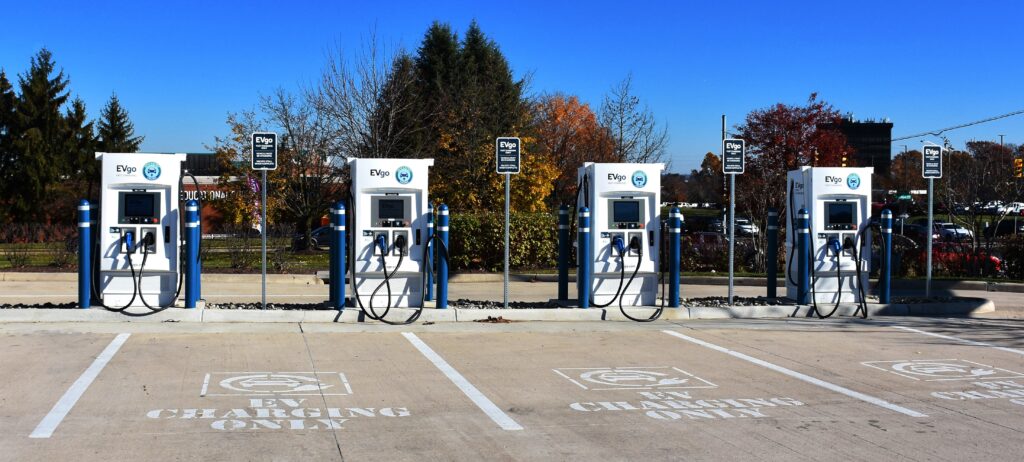
Region 3A sees this as an opportunity for northeast Indiana to bolster its already strong passenger and commercial travel arteries. Even if Hoosier businesses and citizens don’t widely adopt alternative energy vehicles, having robust charging infrastructure will encourage vehicles moving interstate to continue traveling, delivering, and spending in Indiana.
If you want to learn more about this program and/or participate in the regional application, please contact Matt Brinkman at mbrinkman@region3a.org or (260) 402-8834.
